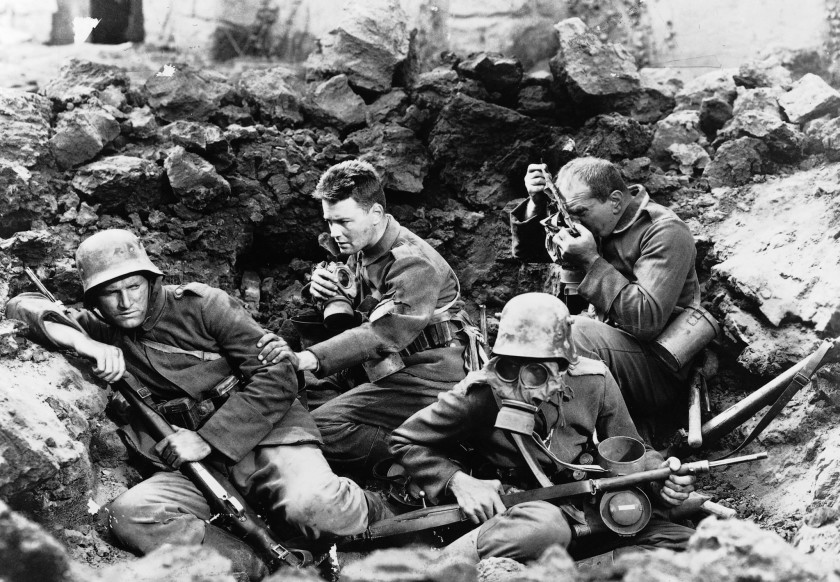I’ve mentioned before using this blog as an excuse to finally get to movies long on my wish list. All Quiet on the Western Front was one of the oldest movies on my must-see list, having come out all the way back in 1929. Yet “ahead of its time” doesn’t even begin to describe this movie.
For most of Oscars’ history, Best Picture and Best Director have gone virtually hand in hand. That seems to be less the case recently, as in this decade MORE THAN HALF of the Best Picture Winners did not also get Best Director. Two, Argo and Green Book, didn’t even get Best Director nominations, something only ONE Best Picture winner had previously been able to claim since 1930.
However, in the early years of the awards, the two accolades basically existed in different spheres. Out of the first five Best Pictures winners, only one got both of the two top awards.* I’d also argue that, from the ones I’ve seen, it’s the standard bearer out of the first DOZEN Best Picture winners.
To appreciate what a marvel All Quiet on the Western Front was in its day, you really have to watch other movies from the same time period. I’ve previously complained about how stagy they feel, due to technical limitations of the early sound era. What director Lewis Milestone and his crew were able to accomplish is astonishing. Even if they couldn’t move the camera within shots, they vary the shots enough and keep them vibrant and fast-moving enough that you don’t notice. The movie feels completely dynamic!
Overcoming the technical limits of the day is only enough to make it so that you can’t tell how old the movie is though. Making it so the movie remains terrific viewing 80 years after the fact is a testament to the timelessness of its themes and how well they’re told.
1917 is about English youths; this one is on the other side with young Germans as the protagonists. It’s not really relevant in the case of either film though; war is ultimately hell for many people forced to fight it. The characters in this movie start out full of patriotism, roped in by propaganda similar to the “I Want You” posters in the USA at the same time.
They quickly end up horrified and shell-shocked by the carnage. A brief respite where they get to come home shows they do not want to help in recruitment anymore but when you’re dealing with a government that wants to keep fighting good luck being a pacifist. Countless people in various empires throughout history can speak to that.
Perhaps war is inherent in human nature – I would love to hear a psychological/sociological treatise on that – but few films have given such unflinching looks at how gruesome it is. While the gore in All Quiet on the Western Front doesn’t compare to what’s in Saving Private Ryan, considering this came out nearly 70 years earlier it 100% deserves to be called the Saving Private Ryan of its day.
Saving Private Ryan drew praise for daring to show so much brutality in a war that had been so romanticized by Hollywood (and the rest of the country) in the decades since it happened. Although World War I doesn’t get nearly the attention it retrospect that its, ahem, sequel gets** it’s nice that we’ve had two fantastic movies about it, exactly 80 years apart.
Will they both be Best Picture winners? We’ll find out Sunday if 1917 gets that award but All Quiet on the Western Front ABSOLUTELY DESERVED its.
Bottom line: Remarkable cinematic achievement.
*One of the ones that did not was Wings, which at least has the distinction of being the first Best Picture winner ever. I should mention that the picture my business manager just made the blog’s official picture on Facebook is of me when Paramount screened Wings to celebrate the new Blu Ray in 2010.
**One of my life’s big passions besides movies is traveling and in recent years I’ve become obsessed with seeing every US state to which I haven’t been. During a New Hampshire trip in 2018, seeking something memorable to do, I was very happy to find out about a World War I museum, as I’d guess they’re rarer by a magnitude than World War II museums.
%

Recent Comments